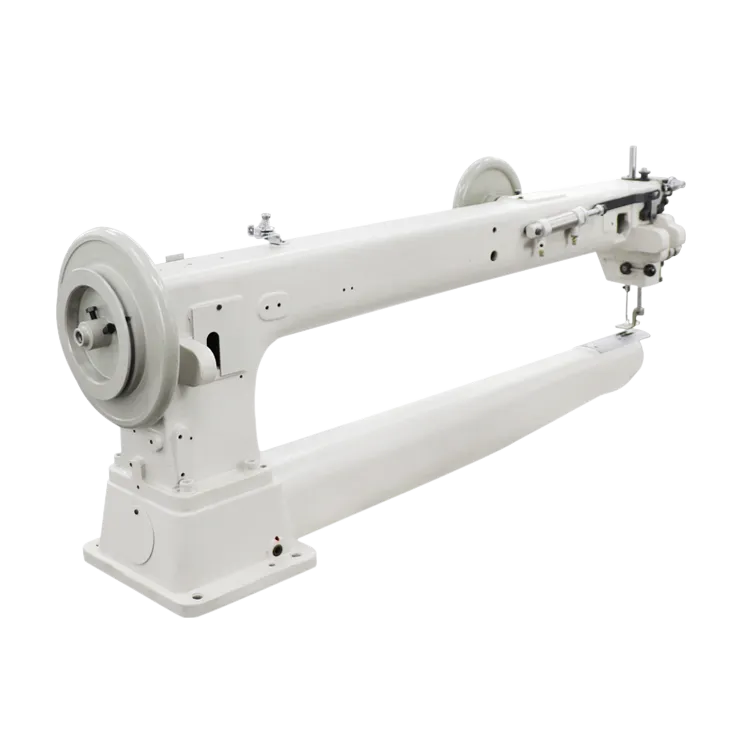Leather Sewing for Beginners
Leather Sewing for Beginners A Comprehensive Guide
Leather sewing is an exciting and rewarding craft that allows beginners to create beautiful, functional items from one of the most durable materials available. With the right tools, materials, and techniques, anyone can start crafting unique leather projects. In this article, we will explore the basics of leather sewing, including essential tools, materials, and tips to get you started on your creative journey.
Tools You'll Need
Before diving into your first project, it’s crucial to gather the necessary tools. Here’s a list of essential items for leather sewing
1. Leather Choose vegetable-tanned leather for your first projects. It’s more forgiving and easier to manipulate than other types.
2. Cutting Tools A sharp utility knife or rotary cutter is essential for cutting leather. Additionally, a cutting mat will protect your work surface.
3. Ruler and T-Square For accurate measurements and straight cuts, a metal ruler and T-square are invaluable.
4. Awl This tool helps to make precise holes for stitching before you sew, making the process much smoother.
5. Needles and Thread Use thick, waxed thread and leather needles, which have a triangular tip that pierces the leather easily.
6. Seam Ripper Mistakes happen; a seam ripper helps to fix any accidental stitches.
7. Clamps and Clips These will keep your pieces together while sewing, preventing any slippage.
Selecting Leather
leather sewing for beginners

Choosing the right leather type is key to a successful project. For beginners, steerhide or tooling leather are great choices as they are easier to sew and work with. Look for thickness around 4-6 oz, which is manageable and sturdy enough for various projects, from wallets to bags.
Basic Techniques
Learning a few fundamental techniques can set you up for success
1. Cutting Always measure twice and cut once. Use a straightedge to ensure clean lines.
2. Punching Holes Use an awl or a leather hole punch to create even holes for stitching. This step is crucial for keeping your seams straight and professional-looking.
3. Stitching The saddle stitch is the most common method for leather. It involves using two needles with the thread going through the same hole from opposite sides, creating a robust seam.
4. Finishing Edges To achieve a polished look, trim the edges of your leather and use edge tools to smooth them out. You can also burnish the edges for a more professional finish.
Getting Started
Start with simple projects like keychains, coasters, or wallets to practice your skills. Don’t rush; take your time to enjoy the learning process. As you gain confidence, you can gradually tackle more complex designs.
Final Thoughts
Leather sewing can be a fulfilling hobby that allows for endless creativity. With patience and practice, you’ll develop the skills needed to create beautiful leather goods. So gather your tools, choose your leather, and start your journey into the world of leather crafting. Happy sewing!
-
Industrial Cylinder Arm Sewing Machine: Revolutionizing Heavy-Duty SewingNewsJul.28,2025
-
Cylinder Arm Sewing Machine: Perfect for Special Sewing ApplicationsNewsJul.28,2025
-
Cylinder Bed Sewing Machine: Essential for Sewing Complex MaterialsNewsJul.28,2025
-
Heavy Duty Sewing Machine: The Essential Tool for Industrial ApplicationsNewsJul.28,2025
-
Computerized Pattern Sewing Machine: Revolutionizing Precision StitchingNewsJul.28,2025
-
Heavy Duty Industrial Sewing Machine: Power Meets PrecisionNewsJul.28,2025
-
Leather Sewing Machine: The Industrial Standard for Tough MaterialsNewsJul.18,2025





























